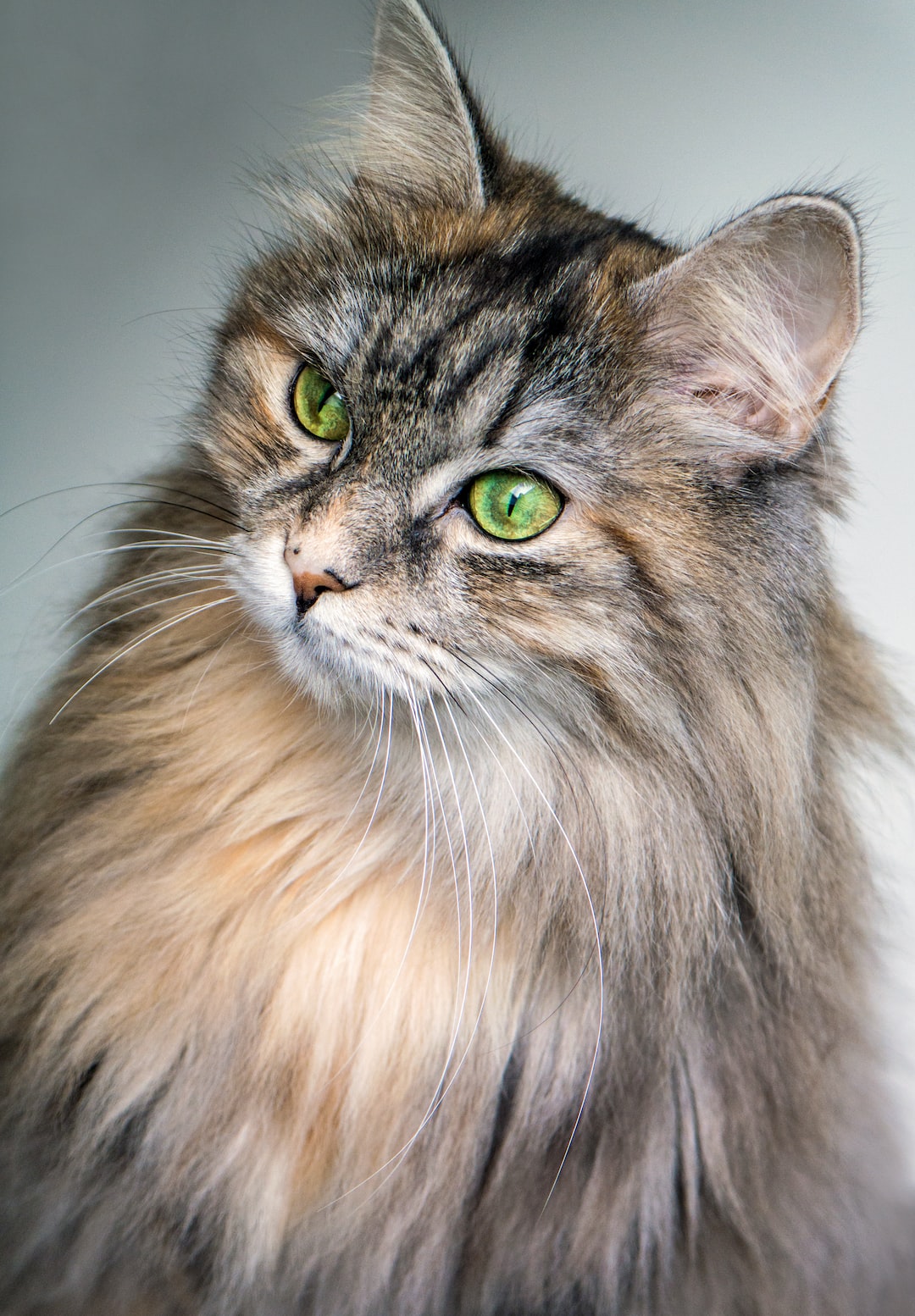Indoor vs. Outdoor Pets: What’s Best for Their Well-being?
Choosing between keeping a pet indoors or allowing them to roam freely outdoors is an important decision that every pet owner must make. While it might seem like a matter of personal preference, there are several factors that should be considered to ensure the well-being of our furry companions. This article aims to shed light on the advantages and disadvantages of both options, helping pet owners make an informed decision.
Let’s start by examining the benefits of having an indoor pet. One of the most significant advantages is the increased safety and security it provides. By keeping our pets indoors, we protect them from potential dangers such as traffic accidents, exposure to harsh weather conditions, or encounters with aggressive animals. Indoor pets are less likely to contract diseases or parasites, reducing the chances of medical complications. Moreover, they are protected from accidents like falling objects or poisoning from toxic plants commonly found outdoors.
Keeping pets indoors also allows greater control over their diet and nutrition. Since they are less exposed to outdoor elements that could cause health issues, it is easier to maintain a balanced and controlled diet. Indoor pets are less likely to indulge in harmful substances or eat poisonous plants, decreasing the risk of food poisoning or allergic reactions. Additionally, it is easier to monitor their eating habits and ensure they receive proper nutrition.
Furthermore, an indoor environment provides more mental stimulation for pets, especially for those living in apartments or smaller homes without a yard. Interestingly, studies have shown that cats, in particular, thrive on indoor living as it offers a greater variety of enrichment activities. With interactive toys, scratching posts, and climbing trees, indoor cats can exercise and engage their natural instincts. Dogs can also benefit from mental stimulation through puzzle toys, interactive play, and obedience training, regardless of their living environment.
While there are undeniable advantages to keeping pets indoors, some argue that it limits the animal’s freedom and natural instincts. This is where the debate of outdoor pets enters the picture. Advocates for outdoor living argue that it allows pets to explore nature, exercise freely, and socialize with other animals. Dogs, for instance, require daily exercise to maintain physical health and prevent behavioral issues. Outdoor activities like running, fetching, or swimming can satisfy this need for exercise and allow them to burn off excessive energy.
Outdoor pets also have the opportunity to experience different scents, sights, and sounds, contributing to their mental well-being. Cats, known for their independent and curious nature, can benefit greatly from outdoor access, as they get to climb trees, chase insects, and simply enjoy the fresh air. Studies suggest that outdoor exposure can alleviate boredom and stress in animals, leading to a happier and healthier pet.
Nonetheless, outdoor pets are subject to several risks and hazards. Unsupervised outdoor access increases the likelihood of injuries, accidents, and exposure to diseases. Pets may ingest toxic substances, get bitten by insects or animals, or be involved in fights with other pets in the neighborhood. Also, unneutered pets can reproduce uncontrollably, contributing to the stray animal population. Additionally, outdoor cats face the risk of being hit by vehicles or getting lost.
Given these potential dangers, many pet owners opt for a compromise solution – the enclosed outdoor area or catio. A catio is a secure and enclosed space that allows pets to enjoy the outdoors while minimizing the associated risks. It provides a safe environment for pets to exercise, breathe fresh air, and experience nature’s wonders without exposure to the dangers that come with unrestricted outdoor access.
Ultimately, the decision between indoor and outdoor living depends on numerous factors, including the specific needs of the pet, the living environment, and personal circumstances. It is a delicate balance between safety, psychological well-being, and freedom. For some pets, like certain small dog breeds or animals with medical conditions, indoor living might be the best option. Others, like highly active dogs or cats with an adventurous spirit, might benefit from controlled outdoor access within a secure environment.
In conclusion, while there are pros and cons to both indoor and outdoor pet living, the well-being of our furry friends must always be the top priority. We should carefully assess the risks and advantages of each option to choose what works best for our specific pet and circumstances. Whether it is providing a stimulating indoor environment or allowing them to safely explore the outdoors, our pets deserve a nurturing and loving environment that ensures their happiness and health.

